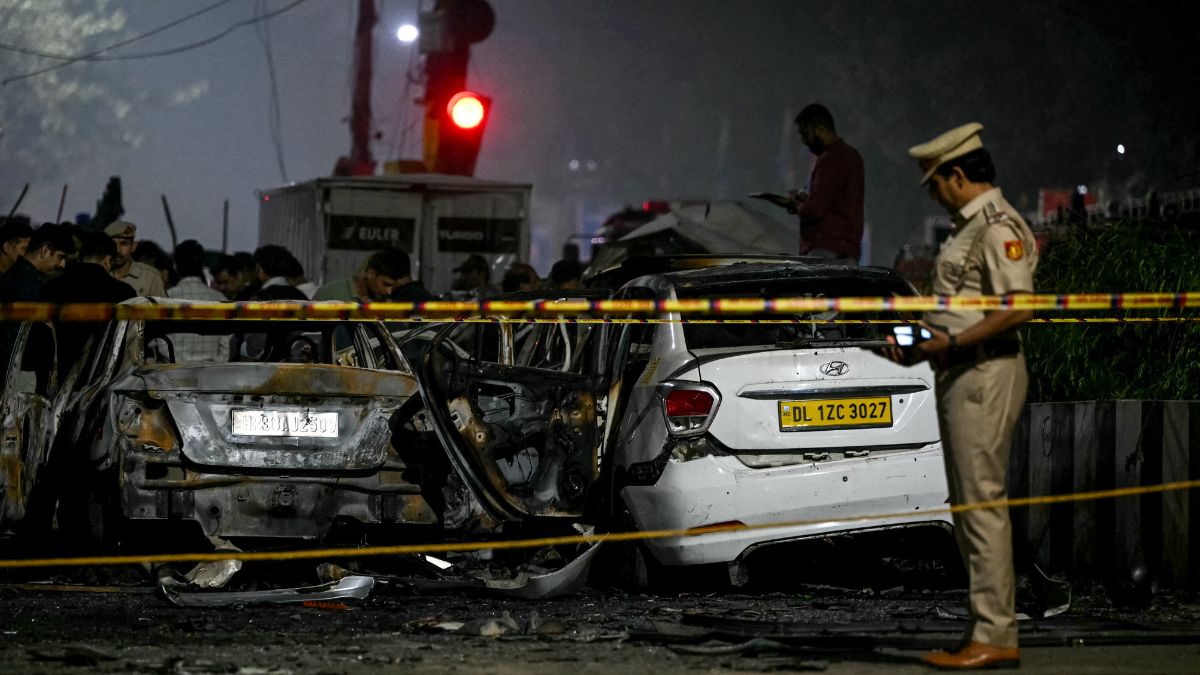Terror attacks are difficult to stop.
As the Irish Republican Army famously said in its threat to British Prime Minister Margaret Thatcher, “You have to be lucky all the time. We only have to be lucky once.”
However, now a new tactic is emerging which is sure to give security agencies even more worries. The Vehicle-borne Improvised Explosive Device (VBIED), an example of which was recently seen in the Red Fort attack that left 15 dead and has previously been seen in incidents like the Pulwama attack in 2019.
But what is a VBIED? How does it work? Why is it so difficult for security agencies to stop and so lethal?
What is it? How does it work?
It is essentially transforming a car into a lethal bomb or an improvised explosive device capable of causing mass casualties. To put it more simply, it is a car bomb. However, unlike IEDs which rely on pellets and nails, these VBIEDs rely on materials that can be sourced more easily.
As a 2018 Joint Counterterrorism Assessment Team (JCAT) report states, VBIEDs are “inconspicuous, locally sourced, and highly lethal”. For the terrorists, these VBIEDs are the easiest to make. They need a relatively smaller amount of explosives. This is because the vehicle itself becomes the explosive device. Its parts, which then shatter and spread around the area, become high-velocity projectiles. This can make the explosion more devastating and lethal.
“High-grade explosives within the confined space of a car make additional shrapnel unnecessary. The blast alone is sufficient to rip apart the vehicle, creating widespread penetrating trauma and structural damage,” a retired anti-terror officer told Economic Times.
When a person remains inside the vehicle, that is referred to as a Suicide Vehicle-borne Improvised Explosive Device (SVBIED). Terror groups use VBIEDs because it allows them to move the bomb, which is the vehicle itself, more easily into public or high-profile areas.
“An SVBIED is typically concealed within an ordinary civilian vehicle, indistinguishable from traffic until detonation,” a retired officer from Delhi Police’s Special Cell told the newspaper.
VBIEDs are nothing new. From Jaish-e-Mohammed (JeM) to Lashkar-e-Taiba (LeT), Al Qaeda and ISIS, terror groups have made use of this weapon in their arsenal for decades. In 2010, a terror attack was thwarted in New York’s Times Square after authorities defused a VBIED carrying 130 kilos of explosives. The terrorist, Faisal Shahzad, a Pakistani-American, was arrested and given life in prison.
Why is it so difficult for security agencies to stop and so lethal?
Because of the urban environment in which they operate. While access can be restricted to certain buildings like the Supreme Court and Parliament, this isn’t always the case. However, imagine the sheer volume of cars that pass through a city like Delhi. In the case of the Delhi attack, the terrorists used an i20 – lakhs of which are on the street around India.
It is also difficult to identify the terrorists who would use such cars. In the Red Fort blast, the terror module allegedly comprised people with ‘white-collar’ jobs. For people with such a profile, staying under the radar – activities such as buying or renting an apartment, leasing or purchasing a vehicle – can be done far more easily than your average radical.
The public can help too – by flagging to authorities cars that are parked illegally or for a suspiciously long period of time. Cars with tinted windows from which a strange smell is emanating or which seem heavily laden can also be reported, as can one with a shifty or nervous-looking driver.
As the JCAT report states, “Suspicious activity reporting by alert bystanders, security personnel, or first responders can be part of an effective mitigation strategy.”
While the authorities can attempt to tamp down on such incidents via surveillance systems and screenings, experts say a far surer bet would be going straight to the source of the attack – tracking the networks via intelligence inputs and busting such terror cells before the attack can be made. Which is easier said than done.
_
With inputs from agencies._
)